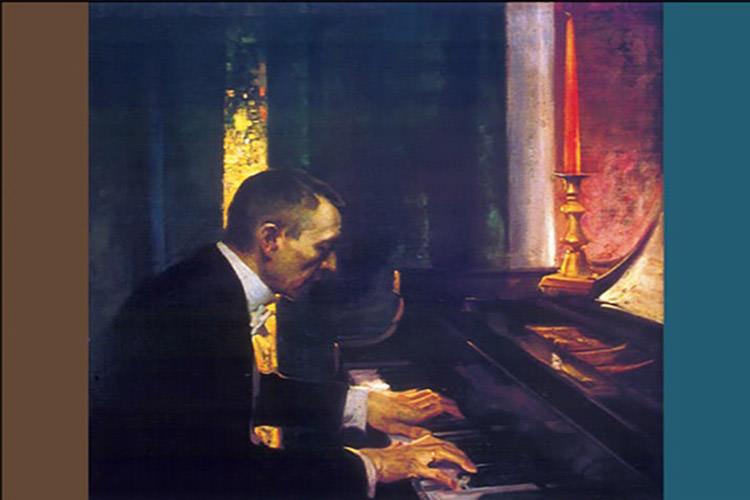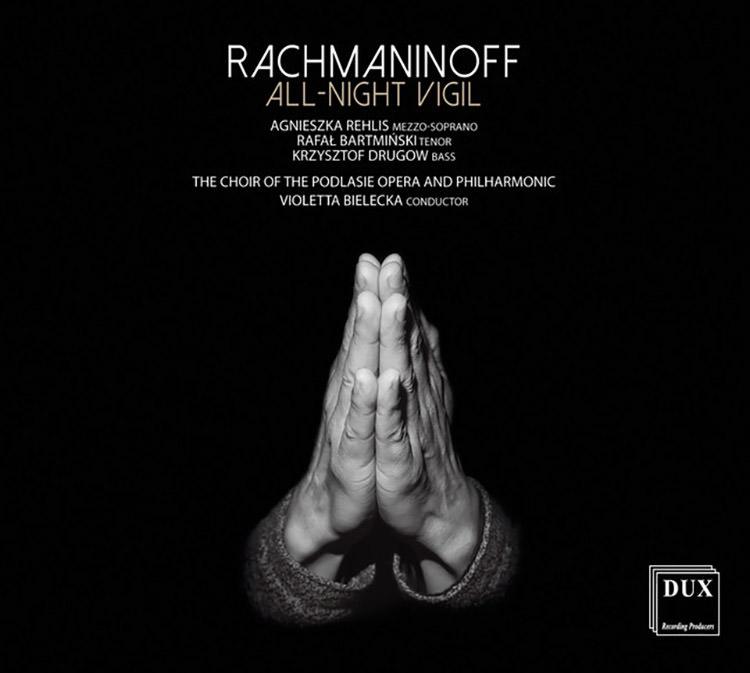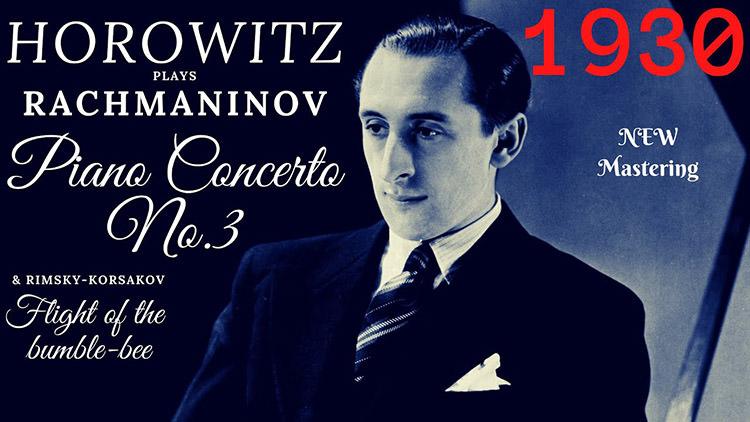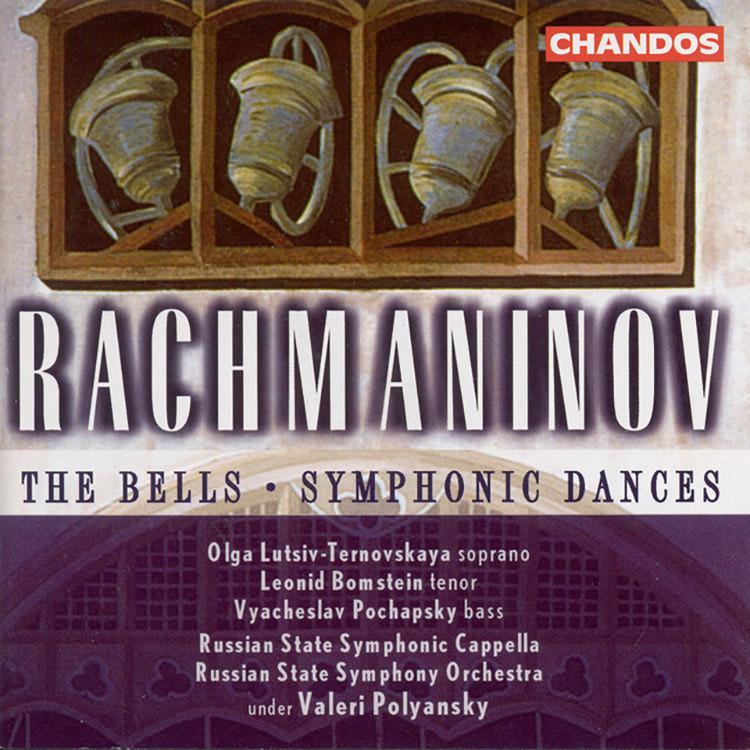The best works of Sergei Rachmaninoff
Sergey Rachmaninoff is remembered to this day as one of the most brilliant pianists, composers, and conductors to ever take the stage. Almost 150 years after his birth, Rachmaninoff remains one of the most influential composers and conductors, whose influence can still be observed today. But who was he? And what set Rachmaninoff apart from an otherwise brilliant generation?
Who was Sergey Rachmaninoff?
Born on April 1st, 1973, in Semyonovo, north-west Russia, Rachmaninoff exhibited an unusual musical talent from a very early age. His teachers lauded him as a prodigy and a brilliant pianist, ever since he was a small boy. Composing his First Piano Concerto at the remarkable age of only 18, and his masterful opera, Aleko, in 1892, Rachmaninoff proved he was more than just a brilliant student. He was an electric, prolific composer and a gifted conductor, despite his youth. In fact, his music was considered so stirring that later, during the Soviet era, Rachmaninoff's compositions were actually banned in Russia, and dubbed “an enemy of Soviet Russia”.
Modern-day listeners are familiar with Rachmaninoff’s main masterpiece, his Second Piano Concerto, from its use in the 1945 film Brief Encounter.
A giant of a man (at 6’6”, fellow Russian composer Igor Stravinsky called him “a six-and-a-half-foot tall scowl") with enormous hands, Rachmaninoff was reserved, and somber in demeanor. It bore a great contrast to his electrifying work.
Rachmaninoff served as conductor for the Bolshoi Theater in Moscow, then later worked with numerous foreign orchestras, such as the Boston Symphony Orchestra. Following the Soviet Revolution, Rachmaninoff emigrated to Helsinki, then the U.S., where he died just days short of his 70th birthday.
Rachmaninoff’s best works
Prelude in C# Minor

While Rachmaninoff wrote his First Piano Concerto at only 18, it was his composition the following year that propelled him into public view. His Prelude in C Sharp Minor, composed at 19, was Rachmaninoff’s first work as a ‘free artist’, following graduation.
It was part of a larger piano collection, entitled Morceaux de Fantaisie (Fantasy Pieces), and was seen by many as the perfect musical embodiment of the indomitable Russian spirit.
Bearing traces of earlier greats such as Bach and Chopin, Prelude in C# Minor is a deeply solemn composition. Its somber, funeral notes, however, don’t dampen the visceral, rousing passion of the young composer. Prelude follows a masterful progression from subtle, eerie discomfort to half-lucid, thundering chords, as the tune wears on.
Vespers (All-Night Vigil)

Composed in 1915, Rachmaninoff’s Vespers are considered by many an overlooked gem in the Russian composer’s repertoire. In part, that’s because the All-Night Vigil is so markedly different from Rachmaninoff’s most recognizable works. Where his piano concertos are thundering and deeply energetic, his Vespers are quiet and thoughtful.
All-Night Vigil is certainly Rachmaninoff’s most introspective work. A deeply religious man, Rachmaninoff took this chance, at the age of 42, to delve into his personal relationship with the Russian Orthodox Church.
Blending traditional Russian chants with free-form composition (as was the custom within the Russian Orthodox Church), the All-Night Vigil is one of the most appreciated choral compositions to ever come out of Russia.
The Vespers is also an interesting composition, from a historical perspective. Composed at the end of the First World War, the somber choral piece reflects Russia’s own quiet mournfulness. Following the Russian Revolution and WWI, the country was in ruin and internal turmoil, which makes Rachmaninoff’s All-Night Vigil all the more poignant.
Piano Concerto #2

Following the disastrous premiere of his First Symphony in 1897, Rachmaninoff fell into a deep depression. With conductor Alexander Glazunov, drunkenly wielding the baton, the Symphony was ill-received, making Rachmaninoff doubt his abilities.
What followed was a dark period in the young composer’s life, which even led him to hypnosis, in search of a cure. Coming out of this prolonged depression, Rachmaninoff described experiencing a sort of artistic rebirth, which can be seen in his Piano Concerto No. 2.
Composed in 1901, his Second Piano Concerto is agreed by many to have been the best composition in Rachmaninoff’s entire repertoire. Not only that, it is described by many classical music connoisseurs as the best piano concerto ever written.
Rachmaninoff’s Second Piano Concerto is a vibrant, deeply emotional piece, with expansive lyrics. It also bears great weight on the soloist, demanding great virtuosity on their part for adequate performance. It is not a performance for the faint of heart, on either side of the piano, yet one of Rachmaninoff’s undeniable best.
Rhapsody on a Theme of Paganini

Rachmaninoff’s Rhapsody on a Theme of Paganini is a perfect example of his evolution, both as a pianist and as a composer. Written in 1934, at his Switzerland villa, the Rhapsody is a greatly nuanced piece that transcends time and takes the audience on a broad-spanning journey.
What’s fascinating about Rhapsody on a Theme of Paganini is that it’s actually a violin piece, at its core. Taking the motifs and body of Niccolo Paganini’s 24th Caprice, Rachmaninoff captured that deeply moving, virtuoso violin composition and puts his own spin on it. Chiefly, he adapts it for the piano, taking a difficult, intense violin piece, and making it even more intense, and difficult.
That’s the sheer brilliance of Rhapsody – it’s very demanding, both of the performer, and of the audience. But that’s also what makes it such a superb, memorable composition. Written in the second half of the composer’s life, Rhapsody on a Theme of Paganini captures Rachmaninoff’s wisdom and emotional depth, as well as his inimitable talent.
Piano Concerto #3 in D Minor

The only other concert to contest the title of the best piano composition in history is Rachmaninoff’s Third Piano Concerto. Penned in 1909, a full eight years after his Second Piano Concerto, it is a thundering work of art that truly lay the composer’s soul bare.
Having bounced out of his youthful depression, the early 1900s represented Rachmaninoff’s prime and spanned some of his best compositions. Piano Concerto No. 3 is a monumental canvas of human emotion, taking the listener through shifts, both subtle and abrupt. Like much of Rachmaninoff’s work, it is a demanding piece for the soloist. Piano Concerto No. 3 pretty much asks the pianist to imbue every performance with as much emotion as Rachmaninoff, when he first composed it. It’s also very difficult to play, as it requires the pianist to perform extenuating hand leaps, and possess great dexterity.
The Third Piano Concerto explores themes of pain, passion, as well as emptiness, and loss. It’s a phenomenal work, albeit not an easy listen, as it will not leave the audience untouched. It’s definitely not a work that can be enjoyed passively, but it is, perhaps, the perfect example of Rachmaninoff’s lifelong need to express his complex emotions through music.
The Bells Symphony

As seen with Vespers, Rachmaninoff was a man of great spirituality. In 1913, he penned one of his most artistically moving and rich compositions, The Bells Symphony. Harkening back to the composer’s childhood in Novgorod, The Bells Symphony relays how Rachmaninoff, as a boy, was moved by the ringing of the church bells.
Like his Prelude, decades earlier, The Bells is believed to be not only emblematic of Rachmaninoff’s intense spirituality, but also a powerful embodiment of life itself in late 19th century Russia. In a deeply religious country, the ringing of church bells was an ever-present litany throughout the lives of many Russians.
The Bells Symphony is, like most of Rachmaninoff’s work, an emotional, somewhat dark piece, made more so by the fact that Rachmaninoff set the music against words from Edgar Allan Poe’s eponymous poem.
Prelude in G Minor

Finally, Rachmaninoff’s Prelude in G Minor, also composed in 1901, is another staple piano piece, both in Russian repertoires, as well as abroad. What makes Prelude in G Minor stand out is its incredible dramatism.
As we’ve seen, much of Rachmaninoff’s work was a complex tangle of emotion, but none more so than this. Prelude in G Minor comprised a great piano composition due, in part, to its contrasting elements. On the one hand, Rachmaninoff made this one of his most stern, permeating the Prelude with a deep, somber marching motif. On the other hand, he deftly weaves in a dreamy, almost ethereal theme, that contrasts the marching, and lightens up the piece.
Listen for yourself…
To this day, Sergey Rachmaninoff remains one of the most influential pianists and composers of all time. You can discover all of the above works, along with many more from this fascinating Russian composer on Radio Art’s Just Classical and Piano dedicated channels.
Our website respects the intellectual property rights of creators, as well as the music rights of authors and composers.
The musical works are provided solely for the private use of each visitor/user
and any further exploitation of them in any way is prohibited without prior permission from AUTODIA and EDEM Rights.
Radio Art is fully approved by the Greek Collective Rights Organizations | AUTODIA | EDEM Rights
Copyright © RABS - Radio Art Broadcasting services Ltd. All rights reserved.
The Art of Relaxing & Meditation Music
Privacy Policy & TOS








